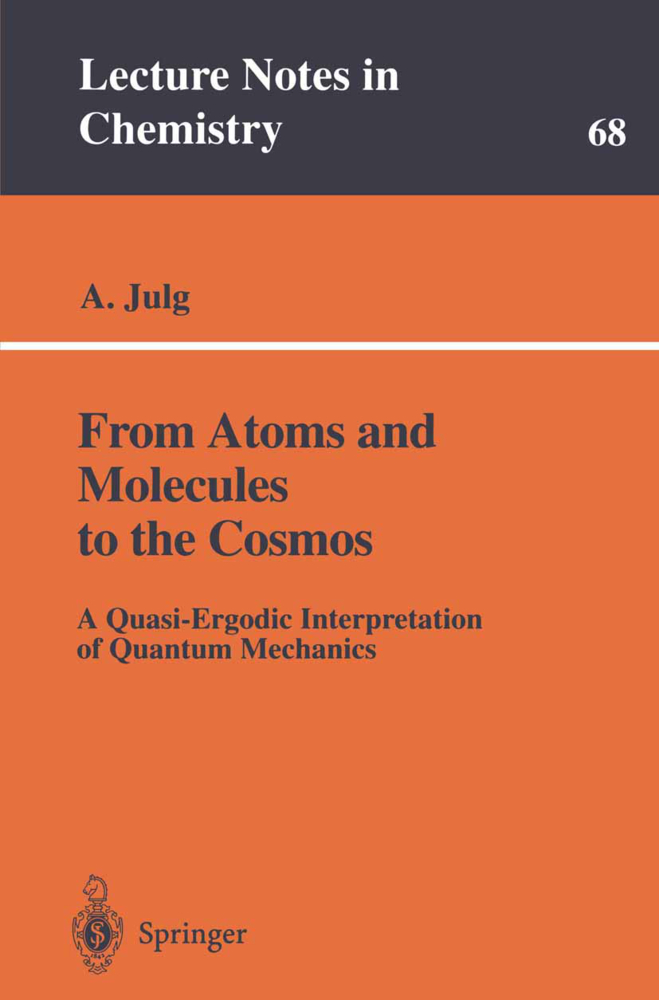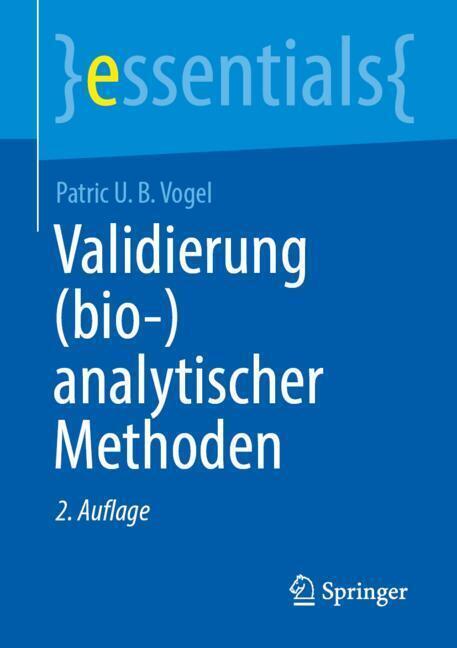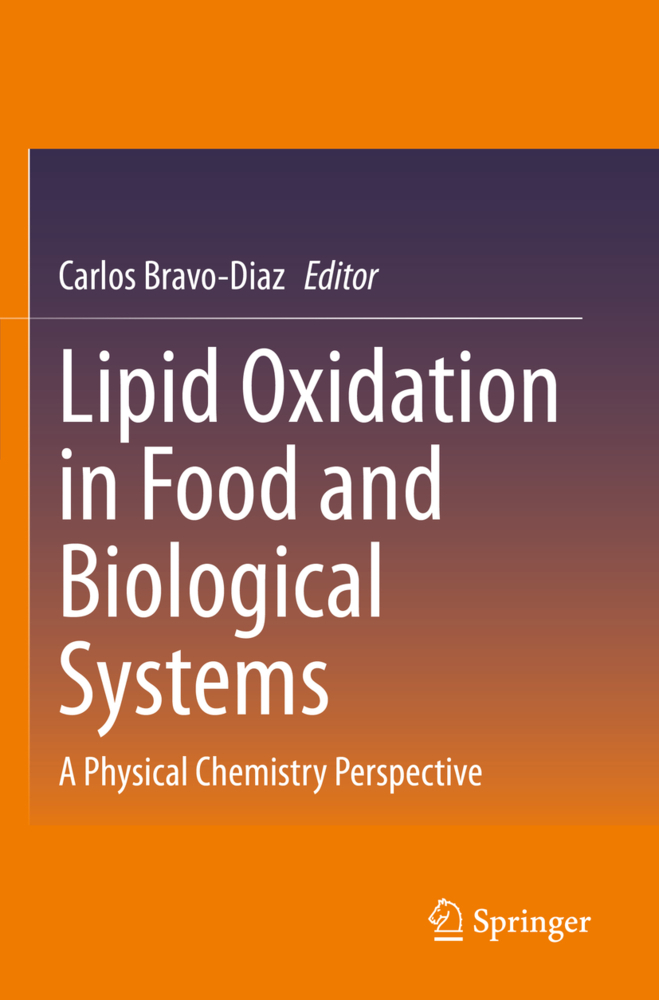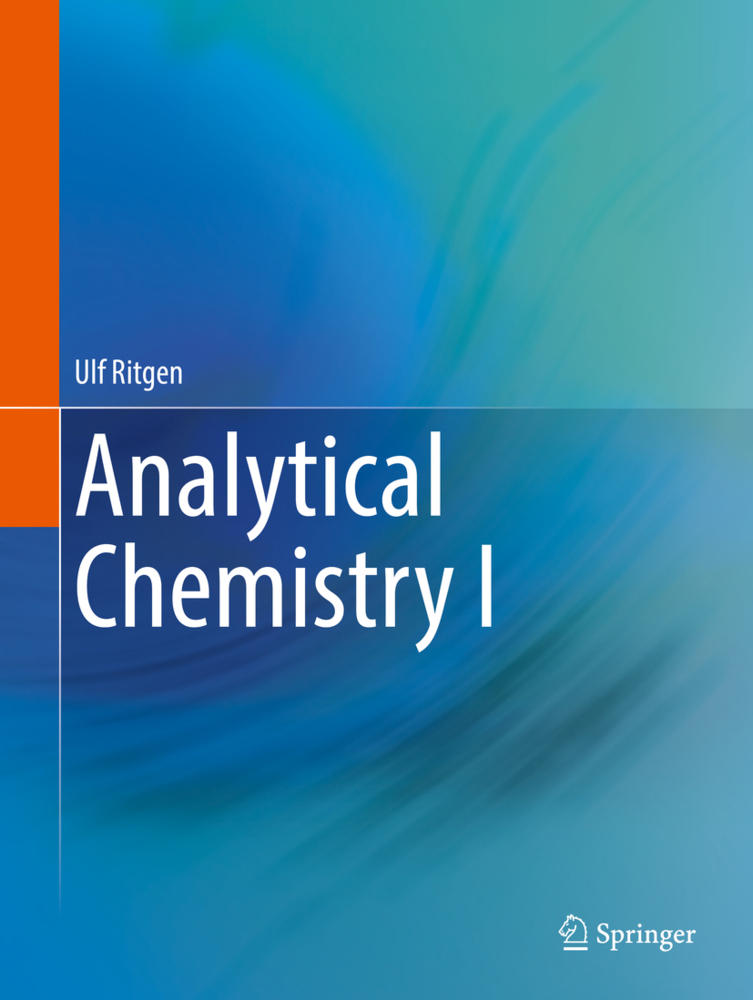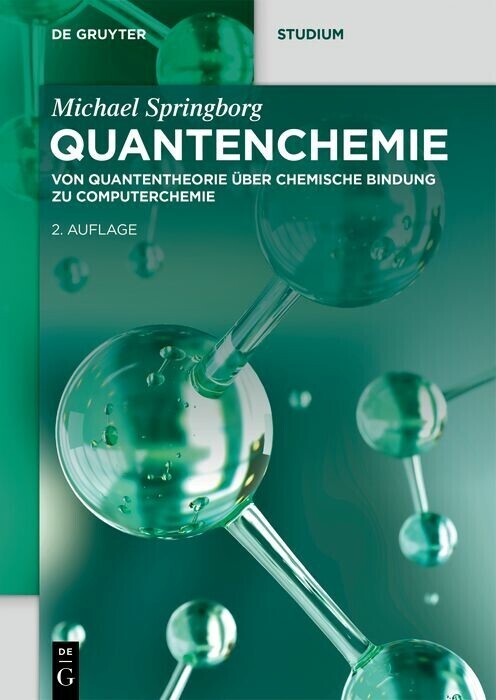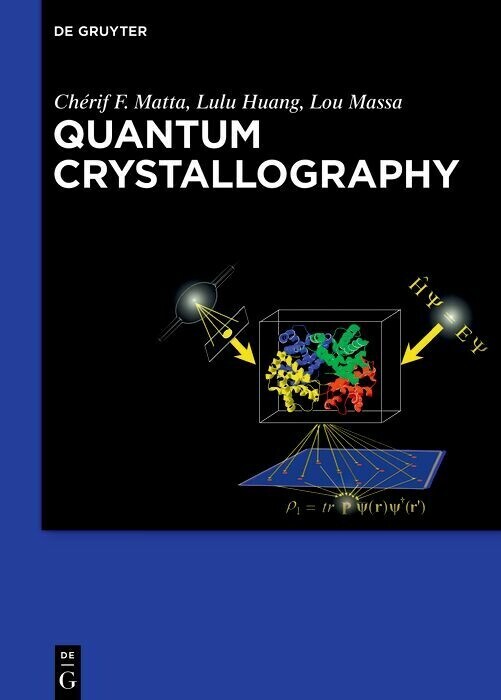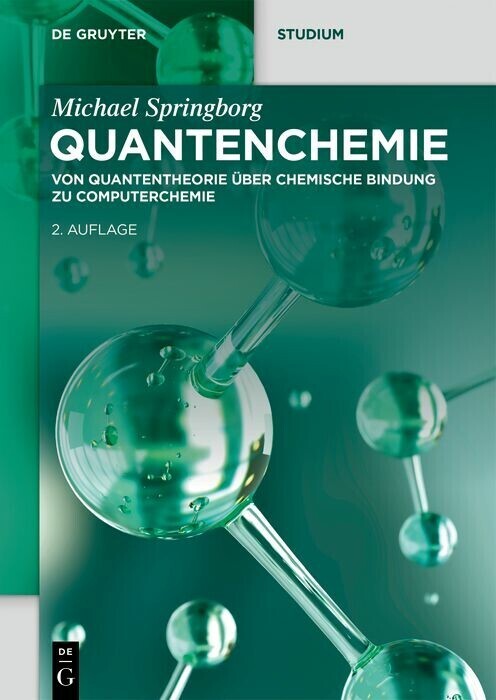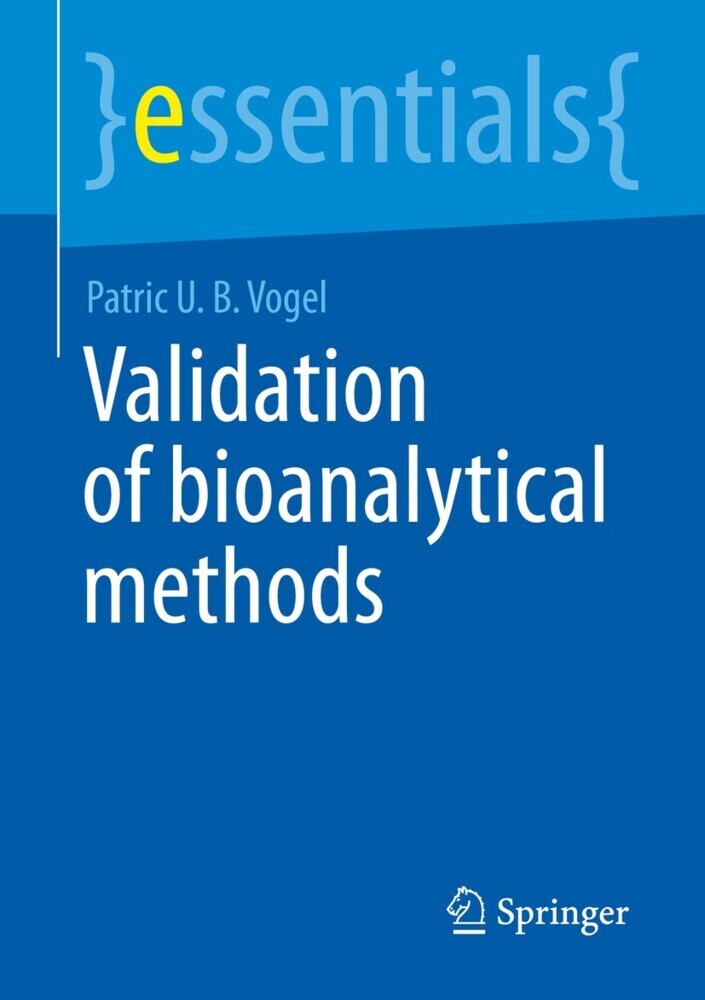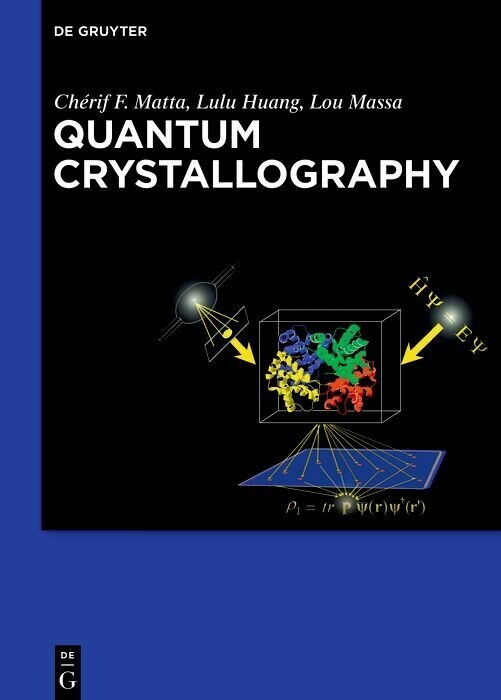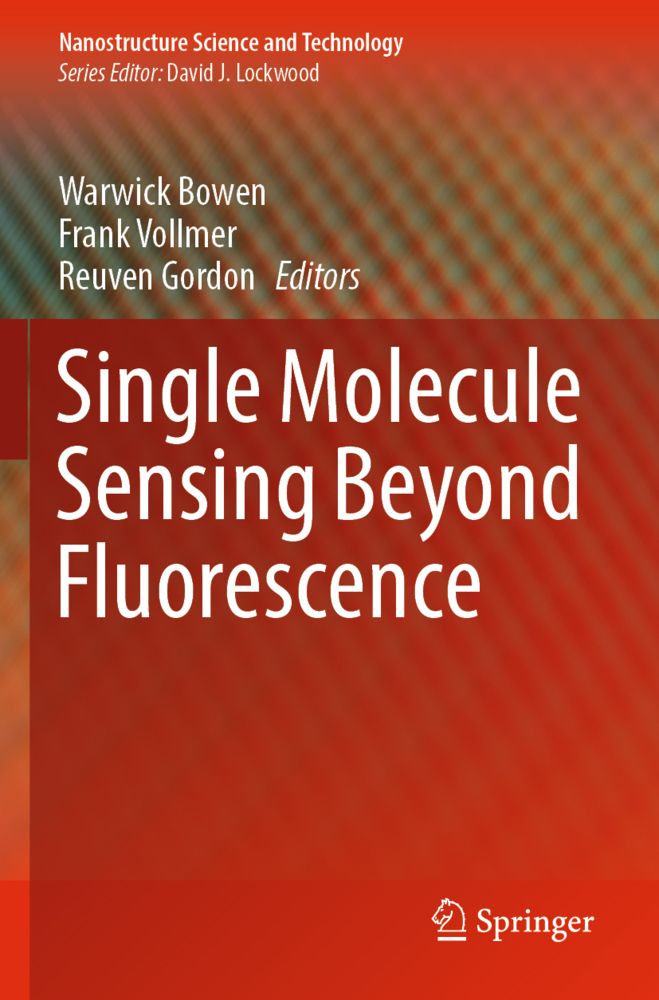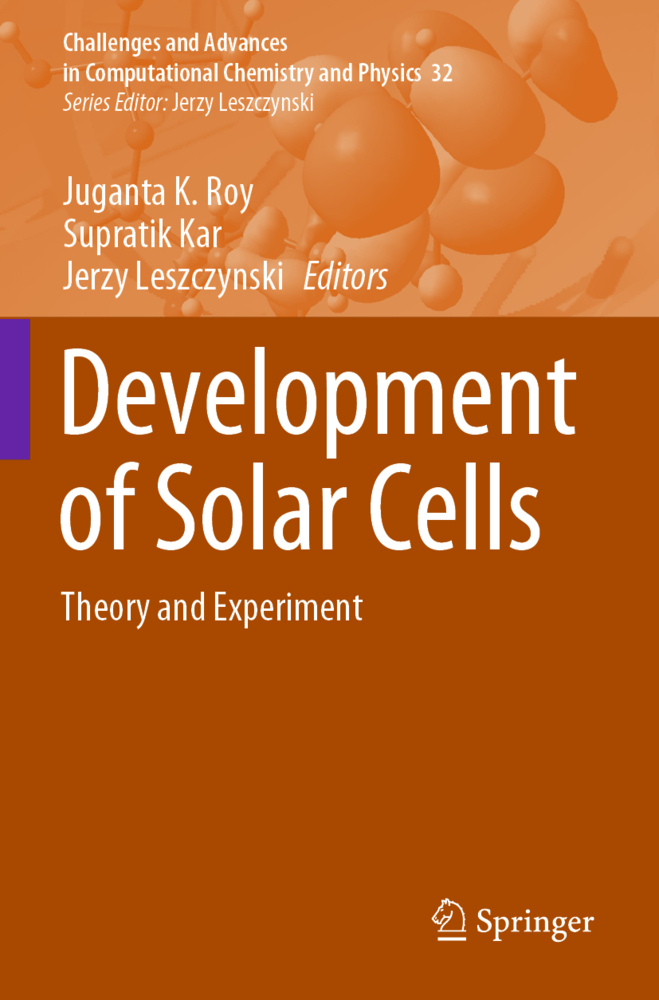From Atoms and Molecules to the Cosmos
A Quasi-Ergodic Interpretation of Quantum Mechanics
From Atoms and Molecules to the Cosmos
A Quasi-Ergodic Interpretation of Quantum Mechanics
André Julg has published several papers concerning the continuity of classical physics and quantum mechanics. He provides a provocative conclusion in this book: the quantum formalism can be effectively interpreted within the framework of classical physics, provided some minor rearrangements are accepted.
II. Proposal of a new model
The apparent failure of the classical physics. Origin of the stability of atoms and molecules. The general properties of the universe field. Direct consequences
III. A remark about the construction of the operators in quantum mechanics
The operator associated with the square of the energy. The difficulties to find a general construction rule. Energy fluctuation. Case of the operators associated with Mz2 and M2 . Comparison with experiment. Conclusion
IV. The problem of enantiomers
The classical point of view. The quantal point of view. Our interpretation. Analogy with ferromagnetism
V. Measurement of a property and ergodicity time
A preliminary remark. Physical meaning of the measurement result. Some arguments for an ergodic interpretation of quantum mechanics. Estimation of the ergodicity time: A quantum approach. Orders of magnitude of the ergodicity time. Other approaches of the ergodicity time. Going back to the measurement axiom
VI. The molecular structure
The Born-Oppenheimer approximation. The Woolley paradox. Case of isomers. The chemical bond. The orbitals domains. Case of crystals. Does Quantum Mechanics apply to the universe as a giant molecule?
VII. A mathematical approach
The model. Study of the motion. First consequences. Energy balance. The virial theorem. Effect of a virtual deformation of the trajectory. The Hellmann-Feynman theorem. The charged harmonic oscillator. Case of complex particles. The angular momentum. Effect of a magnetic field. Conclusion
VIII. Connection with the quantum formalism
Transcription into an operator formalism. TheSchrödinger equation. Coming back to the harmonic oscillator. The rigid rotator in a plane. The time-dependent Schrödinger equation. Origin of the universality of the Schrödinger Equation. Meaning of the quantum formalism. Stabilty of atoms and molecules
IX. The electron spin
Ambiguity of the notion. The intrinsic kinetic momentum of the electron. Intrinsic magnetic momentum of electron. Magnetic momentum of positron. The Vaschy theorem. Effect of a constant magnetic field. Correlation in a singlet state. The Bell inequality
X. The excited states
The quantal point of view. The excited state in our model. Theorem. Consequences. The Franck-Condon principle. Relationship between the transition energy and the frequency of the radiation. Molecular spectra. Utilizable energy carried by a radiation. Induced emission and laser effect. Connexion with the perturbation theory. Remark about the states of the continuum. Thermalization effect
XI. Many-particle systems
Interest of the problem. The Hartree-Fock approximation. Justification of the Hartree-Fock model. Connection between the spin and the Fermi-Dirac statistics. Coming back on the orbital domains. Slater's rules . Hund's rule. Muon-electron systems
XII. The wave-particle duality
Origin and interpretation of the concept. The spreading of a wave-packet. Wave associated with a particle. Electron diffraction. The particle in a box. Momentum associated with an electromagnetic radiation - Application to the Compton effect. Closed and unclosed systems
XIII. Microreversibility and ergodicity
The specific character of the time variable. Reversibility and irreversibility in Mechanics. Friction, irreversibility and stability. Similarity to our model. Parallelism with entropy
XIV. Does Planck'sconstant vary versus time?
The problem of the past variability of the fundamental parameters in physics. A preliminary remark. Experimental data. Choice of a unit system. Derived units. Invariance of the physical laws. Invariance of the light velocity and that of G . First consequences. Connection with the strong and weak interactions. Origin of the time-invariability of a. The principle of conservation of energy. Variation of ? versus the expansion of the universe. Consequences and various applications. Remark about the ? ? 0 limit in quantum mechanics
Conclusion.
I. The quantum formalism and its main interpretations
The axioms and their immediate consequences. The various interpretations. Practical conclusionII. Proposal of a new model
The apparent failure of the classical physics. Origin of the stability of atoms and molecules. The general properties of the universe field. Direct consequences
III. A remark about the construction of the operators in quantum mechanics
The operator associated with the square of the energy. The difficulties to find a general construction rule. Energy fluctuation. Case of the operators associated with Mz2 and M2 . Comparison with experiment. Conclusion
IV. The problem of enantiomers
The classical point of view. The quantal point of view. Our interpretation. Analogy with ferromagnetism
V. Measurement of a property and ergodicity time
A preliminary remark. Physical meaning of the measurement result. Some arguments for an ergodic interpretation of quantum mechanics. Estimation of the ergodicity time: A quantum approach. Orders of magnitude of the ergodicity time. Other approaches of the ergodicity time. Going back to the measurement axiom
VI. The molecular structure
The Born-Oppenheimer approximation. The Woolley paradox. Case of isomers. The chemical bond. The orbitals domains. Case of crystals. Does Quantum Mechanics apply to the universe as a giant molecule?
VII. A mathematical approach
The model. Study of the motion. First consequences. Energy balance. The virial theorem. Effect of a virtual deformation of the trajectory. The Hellmann-Feynman theorem. The charged harmonic oscillator. Case of complex particles. The angular momentum. Effect of a magnetic field. Conclusion
VIII. Connection with the quantum formalism
Transcription into an operator formalism. TheSchrödinger equation. Coming back to the harmonic oscillator. The rigid rotator in a plane. The time-dependent Schrödinger equation. Origin of the universality of the Schrödinger Equation. Meaning of the quantum formalism. Stabilty of atoms and molecules
IX. The electron spin
Ambiguity of the notion. The intrinsic kinetic momentum of the electron. Intrinsic magnetic momentum of electron. Magnetic momentum of positron. The Vaschy theorem. Effect of a constant magnetic field. Correlation in a singlet state. The Bell inequality
X. The excited states
The quantal point of view. The excited state in our model. Theorem. Consequences. The Franck-Condon principle. Relationship between the transition energy and the frequency of the radiation. Molecular spectra. Utilizable energy carried by a radiation. Induced emission and laser effect. Connexion with the perturbation theory. Remark about the states of the continuum. Thermalization effect
XI. Many-particle systems
Interest of the problem. The Hartree-Fock approximation. Justification of the Hartree-Fock model. Connection between the spin and the Fermi-Dirac statistics. Coming back on the orbital domains. Slater's rules . Hund's rule. Muon-electron systems
XII. The wave-particle duality
Origin and interpretation of the concept. The spreading of a wave-packet. Wave associated with a particle. Electron diffraction. The particle in a box. Momentum associated with an electromagnetic radiation - Application to the Compton effect. Closed and unclosed systems
XIII. Microreversibility and ergodicity
The specific character of the time variable. Reversibility and irreversibility in Mechanics. Friction, irreversibility and stability. Similarity to our model. Parallelism with entropy
XIV. Does Planck'sconstant vary versus time?
The problem of the past variability of the fundamental parameters in physics. A preliminary remark. Experimental data. Choice of a unit system. Derived units. Invariance of the physical laws. Invariance of the light velocity and that of G . First consequences. Connection with the strong and weak interactions. Origin of the time-invariability of a. The principle of conservation of energy. Variation of ? versus the expansion of the universe. Consequences and various applications. Remark about the ? ? 0 limit in quantum mechanics
Conclusion.
Julg, Andre
| ISBN | 978-3-540-64636-5 |
|---|---|
| Artikelnummer | 9783540646365 |
| Medientyp | Buch |
| Copyrightjahr | 1998 |
| Verlag | Springer, Berlin |
| Umfang | XIII, 214 Seiten |
| Abbildungen | XIII, 214 p. |
| Sprache | Englisch |

